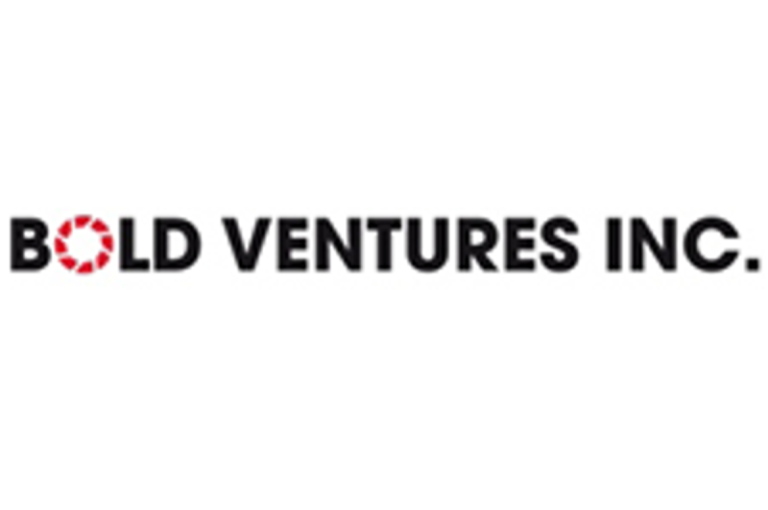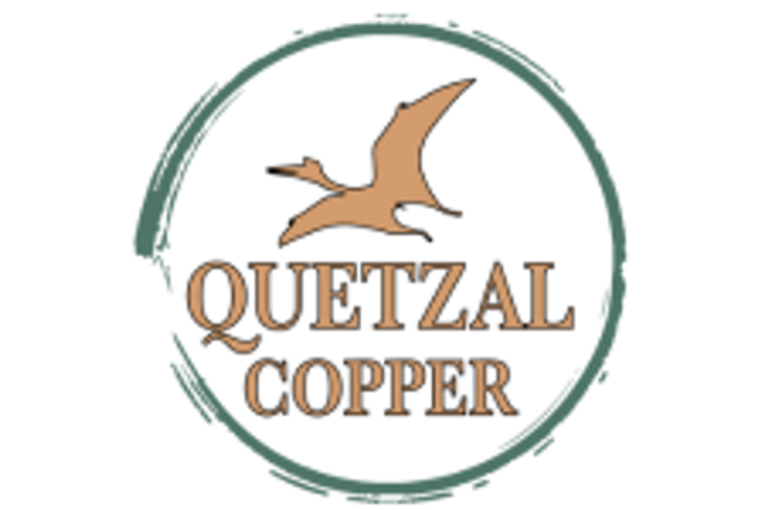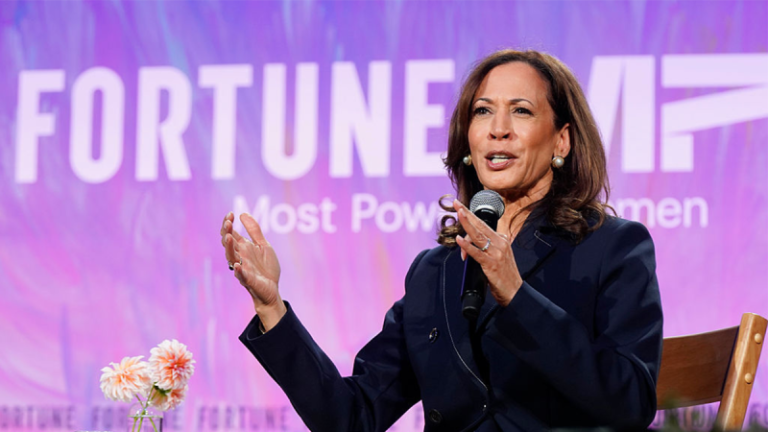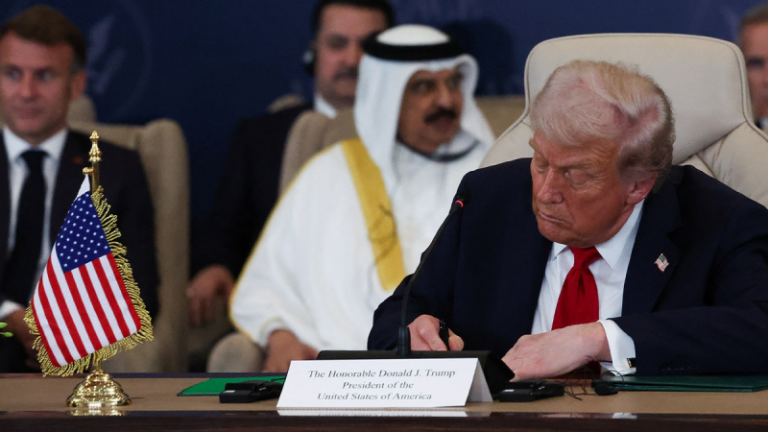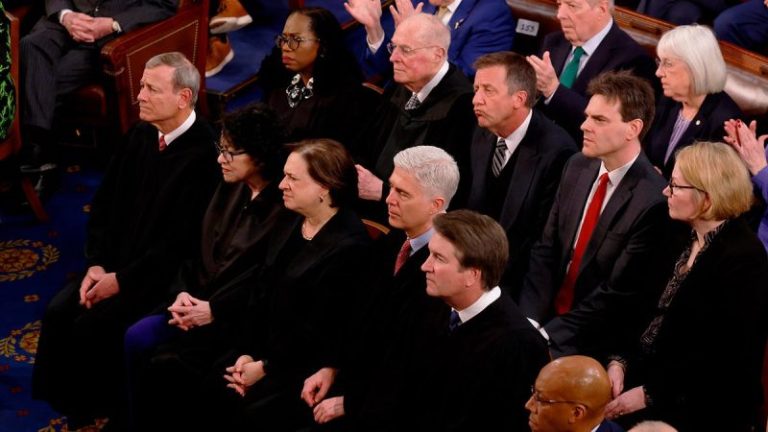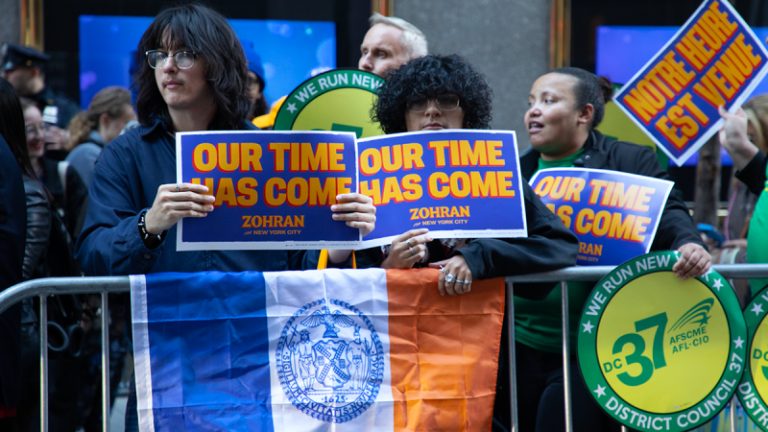Bold Ventures Inc. (TSXV: BOL,OTC:BVLDF) (the ‘Company’ or ‘Bold’) is pleased to highlight news from the area of its Burchell Gold and Copper Property (‘Burchell’ or the ‘Property’), while anticipating channel sampling results from its recent mechanical stripping program at Burchell. Nearly 300 channel samples are currently being analyzed, with sampling ongoing.
Gold X2 Mining Inc. (‘Gold X2’), which holds the Moss Project adjoining Burchell to the west, recently announced a definitive agreement to acquire Kesselrun Resources Ltd. (GoldX2 October 1, 2025 news release), their neighbour to the west where they have recently been exploring the Huronian Gold Project. The acquisition reflects Gold X2’s strategy of consolidating their land position in the western portion of the Shebandowan Greenstone Belt. See Map of Land Positions and Major Showings for locations of these land positions relative to the Burchell Property.
Bold Management shares the belief in the district’s significant potential for new discoveries. During the past summer, Bold identified a 2.9 km trend of gold mineralization in rock sampling (Bold September 11, 2025 news release). Following this, the exploration team has recently exposed and sampled bedrock in 8 different locations along a 900-meter portion of this ‘111 Gold Trend.’ All 8 stripped areas have never been explored in the past, demonstrating the untapped potential of the area and the Burchell claim group.
Gold X2 also recently announced the delineation of a 5 km trend of gold mineralization south of the Moss Trend, outlining several targets which mirror the geochemical and geophysical fingerprints of the Moss Gold Deposit (Gold X2 October 16, 2025 news release). Based on this interpretation, it appears that the anomalous in gold Deaty Trend strikes northeast towards the Burchell Gold and Copper Project boundary. The southwest end of the 111 Gold Trend is located within 800 m of the west boundary, where a new gold showing named the ‘Moosehead Zone’ was identified earlier in the summer, hosted in sheared quartz feldspar porphyry, with one grab sample returning 371 ppb Au (see Bold’s September 11, 2025 news release). Further north of the Moosehead Zone, historic trenches have reportedly yielded a chip sample of 42.2 g/t Au over 0.6 meters (Osmani 2017), approximately 600 meters from the western property boundary. The Hermia Copper Prospect is located approximately 900 m from the Burchell west boundary. See Map of Land Positions and Major Showings. While the results of the Gold X2 work adjacent to Burchell is very encouraging it does not indicate that the same conditions exist within the Burchell claims.
Bruce MacLachlan, President and COO of Bold, commented, ‘The activity by Gold X2 and our own exploration programs this year mark an exciting new era for the western Shebandowan Greenstone Belt, especially with gold prices surging to all-time highs. We are anticipating results from our channel sampling program and our next step will be to prepare for a drill program.’
The Hermia Cu Prospect – Located in the western part of the property, hosted in a zone of deformed felsic to mafic volcanics containing Cu mineralization associated with minor Au, Ag, Mo, Zn and Ni. Historical diamond drilling was carried out over a strike length of 2.8 km from 1964 to 2008. Intersections in core include 0.8% Cu over 4.3 m, 0.25% Cu over 51.9 m, and 1.68 g/t Au over 1.45 m (Ontario Assessment File Database). See Map of Hermia Copper Trend (from Osmani 2017).
A diamond drilling data compilation is currently ongoing for the Burchell Property, which will inform the next steps for exploring the Hermia Cu Prospect, which to date hosts the most significant copper mineralization on the property.
Ring of Fire Optimism:
Bold Ventures would like to draw attention to the recent CIM Northern Luncheon in North Bay, an event drawing together mining professionals, where the topic of the Ring of Fire sparked optimism for future opportunities. Bold is pleased to see support for the development of the critical mineral projects in this strategically important district.
Bold’s Koper Lake Project in the Ring of Fire:
Bold holds a 10% carried interest (through to production) in the Black Horse Chromite NI 43-101 Inferred Resource of 85.9 Mt grading 34.5% Cr2O3 at a cut-off of 20% Cr2O3 (KWG Resources Inc., NI 43-101 Technical Report, Aubut 2015). Bold also holds a 40% working interest in all other metals found within the Koper Lake Project and has a Right of First Refusal on a 1% NSR covering all metals found within the claim group.
Other news:
Bold Ventures also announces the acquisition of 8 new claims adjoining its Joutel project in Québec. The new claims cover an additional VTEMTM anomaly identified by Bold’s 2011 airborne survey. The project now comprises 49 claims covering 2714 hectares.
The technical information in this news release was reviewed and approved by Coleman Robertson, B.Sc., P. Geo., the Company’s V.P. of Exploration and a qualified person (QP) for the purposes of NI 43-101.
References:
Osmani, A., 2017. NI 43-101 Technical Report on the Burchell Lake Property, Northwestern Ontario, Thunder Bay Mining District, NTS 52B/10SE, for Tanager Energy Inc.
Bold Ventures management believes our suite of Battery, Critical and Precious Metals exploration projects are an ideal combination of exploration potential meeting future demand. Our target commodities are comprised of: Copper (Cu), Nickel (Ni), Lead (Pb), Zinc (Zn), Gold (Au), Silver (Ag), Platinum (Pt), Palladium (Pd) and Chromium (Cr). The Critical Metals list and a description of the Provincial and Federal electrification plans are posted on the Bold Critical and Battery Minerals page.
About Bold Ventures Inc.
The Company explores for Precious, Battery and Critical Metals in Canada. Bold is exploring properties located in active gold and battery metals camps in the Thunder Bay and Wawa regions of Ontario. Bold also holds significant assets located within and around the emerging multi-metals district dubbed the Ring of Fire region, located in the James Bay Lowlands of Northern Ontario.
For additional information about Bold Ventures and our projects, please visit boldventuresinc.com or contact us at 416-864-1456, or email us at info@boldventuresinc.com.
| ‘Bruce A MacLachlan’ Bruce MacLachlan President and COO |
‘David B Graham’ David Graham CEO |
Direct line: (705) 266-0847
Email: bruce@boldventuresinc.com
Neither TSX Venture Exchange nor its Regulation Services Provider (as that term is defined in the policies of the TSX Venture Exchange) accepts responsibility for the adequacy or accuracy of this release.
Cautionary Note Regarding Forward-Looking Statements: This Press Release contains forward-looking statements that involve risks and uncertainties, which may cause actual results to differ materially from the statements made. When used in this document, the words ‘may’, ‘would’, ‘could’, ‘will’, ‘intend’, ‘plan’, ‘anticipate’, ‘believe’, ‘estimate’, ‘expect’ and similar expressions are intended to identify forward-looking statements. Such statements reflect our current views with respect to future events and are subject to such risks and uncertainties. Many factors could cause our actual results to differ materially from the statements made, including those factors discussed in filings made by us with the Canadian securities regulatory authorities. Should one or more of these risks and uncertainties, such actual results of current exploration programs, the general risks associated with the mining industry, the price of gold and other metals, currency and interest rate fluctuations, increased competition and general economic and market factors, occur or should assumptions underlying the forward looking statements prove incorrect, actual results may vary materially from those described herein as intended, planned, anticipated, or expected. We do not intend and do not assume any obligation to update these forward-looking statements, except as required by law. Shareholders are cautioned not to put undue reliance on such forward-looking statements.
NOT FOR DISTRIBUTION TO U.S. NEWSWIRE SERVICES OR FOR DISSEMINATION
IN THE UNITED STATES
To view the source version of this press release, please visit https://www.newsfilecorp.com/release/271043
News Provided by Newsfile via QuoteMedia

